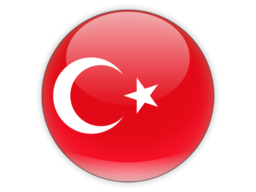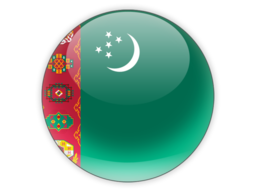
The National Museum of Iran, also known as the Iran Bastan Museum, is located in Tehran and is one of the largest museums in the country. The museum has an extensive collection of artifacts, ranging from prehistoric times to the Islamic era.
The museum has two main buildings, one dedicated to pre-Islamic Iran and the other to the Islamic era. The pre-Islamic section includes artifacts from the Paleolithic, Neolithic, Bronze Age, and Iron Age periods, as well as the Achaemenid, Parthian, and Sassanid empires. There are also displays of ceramics, metalwork, and textiles from ancient Persia.
The Islamic section of the museum contains artifacts from the 7th century onward, including manuscripts, calligraphy, and decorative arts. There are also exhibits on the history of Islamic medicine, astronomy, and science.
Some of the most notable objects in the collection include the Cyrus Cylinder, the world's first human rights declaration; the Darius seal, one of the most important archaeological finds from the Achaemenid era; and a collection of coins and jewelry from the Achaemenid and Sassanid empires.
The museum also houses a library with over 300,000 books and manuscripts, including rare Islamic texts, as well as a conservation laboratory and a photography studio. It is considered one of the top tourist attractions in Tehran and is a must-see for anyone interested in the history and culture of Iran.
Explore Near National Museum of Iran
Discover 5 attractions, 5 cities, and 3 airports within 75km. Perfect for planning day trips, finding connecting flights, or discovering new destinations to explore during your visit.
Nearby Attractions & Places to Visit
5 destinations within 484m - 7.1km from your location





Nearby Cities Worth Exploring
5 destinations within 969m - 26.9km from your location
Airports Near National Museum of Iran
3 destinations within 9.1km - 54.0km from your location
Cross-Border Adventures Near National Museum of Iran
Discover cross-border adventures near National Museum of Iran. Explore neighboring countries with similar attractions and extend your travel experience across borders.






